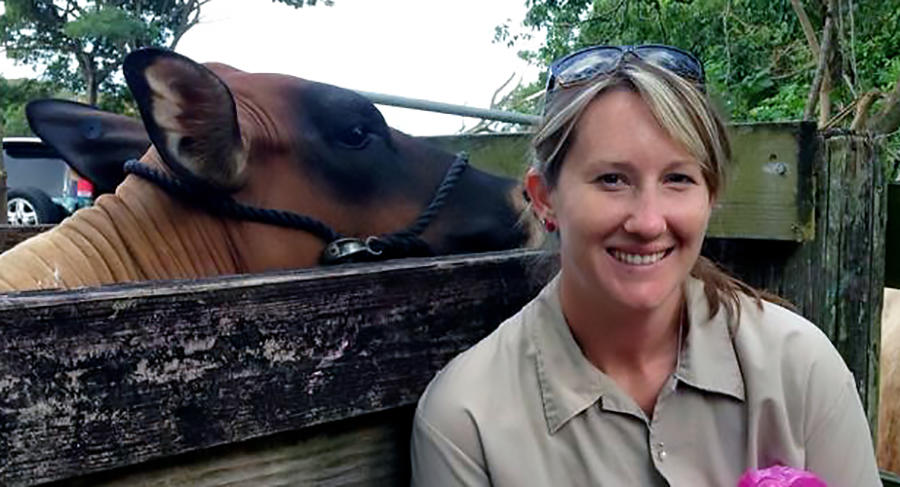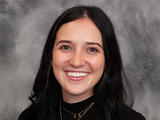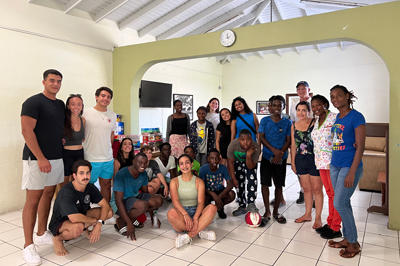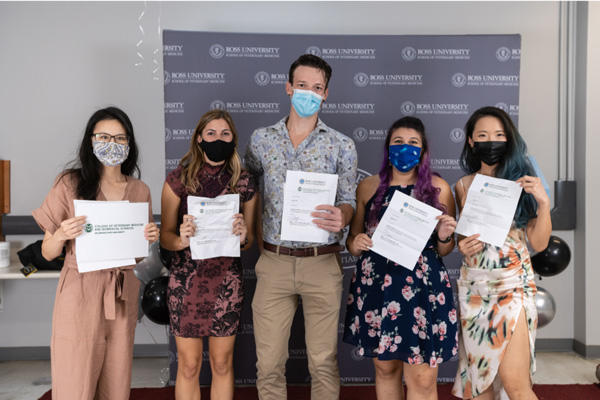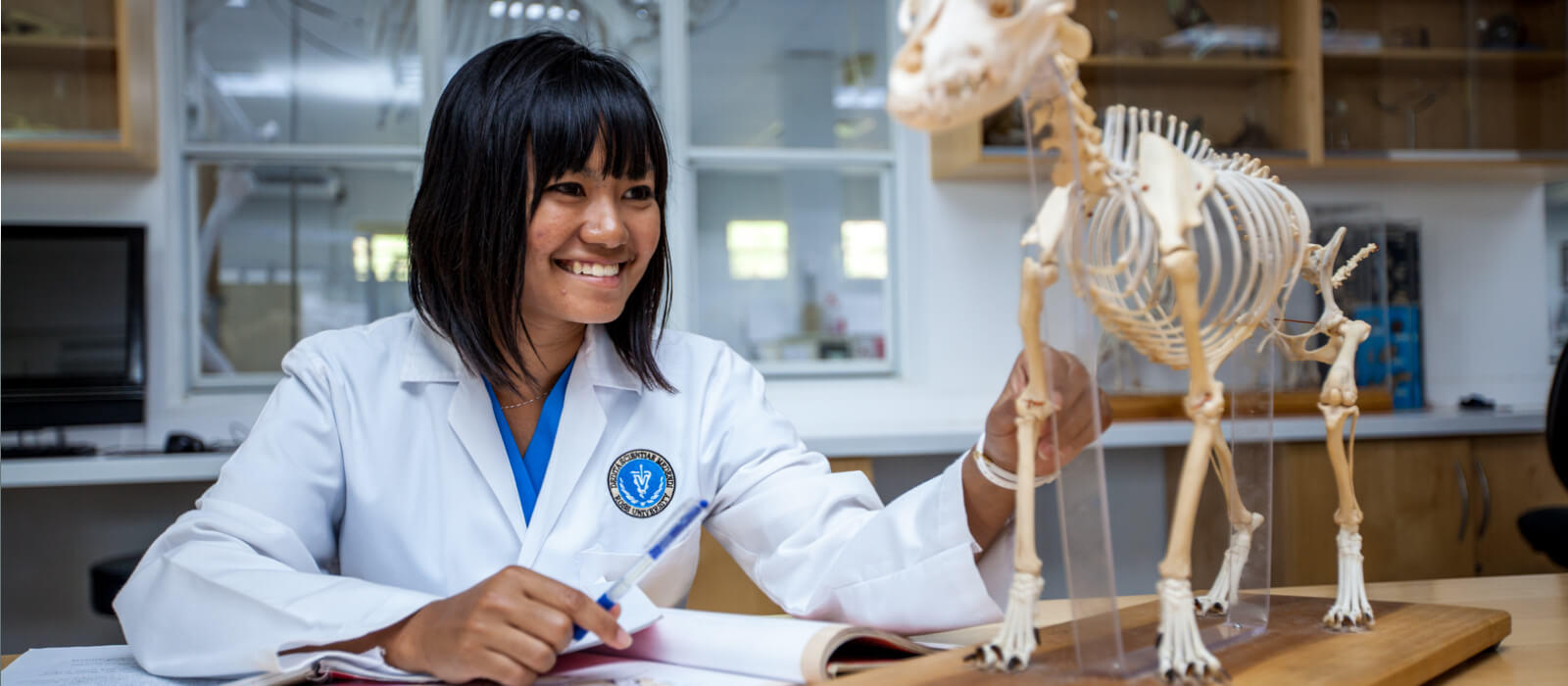Deciding to complete an externship with Kurtz Veterinary Clinic was one of the best decisions I have made in furthering my veterinary education. My hope was to build on my education and expand my knowledge in new areas. The amount I learned in two short weeks did just that and then some.
Kurtz Veterinary Clinic is a four doctor mixed animal practice in rural Indiana that sees beef and dairy cattle, small ruminants, and companion animals. The doctors provided an exceptional learning environment and took their time teaching, allowing me to gain hands-on experience, and answering my questions. As the clinic became confident in my skills and abilities, I became more involved with each case.
My interests are in food animal and equine medicine, therefore most of my time was devoted to the three large animal veterinarians who spent most of their day on the road attending to appointments. There was a vast variety in caseload and if there was ever a break between farm calls and we were at the clinic, I would assist with procedures, as there was plenty of opportunity to be involved.
A typical day began by heading to local dairy farms to perform weekly scheduled herd checks. As the veterinarian was performing his pregnancy palpations through ultrasound, I was allowed to palpate cows at varying gestations, without knowing if they were pregnant or open, so I could get a feel for different stages of pregnancy. The veterinarian would come behind to ultrasound each cow and we would compare notes which was incredibly helpful to be able to gauge my strengths and weaknesses. I have palpated cows in the past, however being able to consistently palpate anywhere from 15-25 cows per day really improved my skills and by the end of my two weeks I became much more confident.
Between visits, we discussed different issues each client was facing on their farm--whether it was poor pregnancy rates, abortions, or high somatic cell counts—and the plan of action for each situation. As the clinic has a large percentage of Amish clients, it was fascinating to see the varieties of management practices used without modern milking equipment. Some farmers chose to operate as organic dairies which left treatment options limited with their cattle, while others used conventional operations, both using either natural service or artificial insemination. One of the most memorable cases was working with an Amish farmer who was experiencing a large number of abortions. It felt gratifying to be able to discuss with the veterinarian some of the differentials as to what could be causing the abortions and provide advisement and vaccine education for the farmer.
My experience was invaluable and gave me some direction as to where I would like to take my career. I highly recommend anyone to take advantage of your time between semesters and further your education outside of the classroom. The doctors at Kurtz Veterinary Clinic are excellent at teaching, and provide a positive and encouraging environment.



